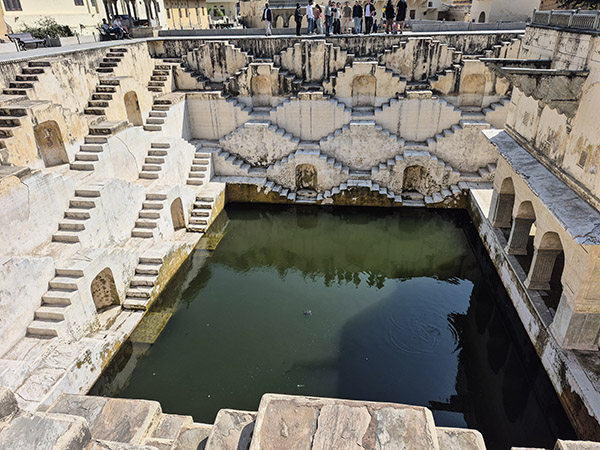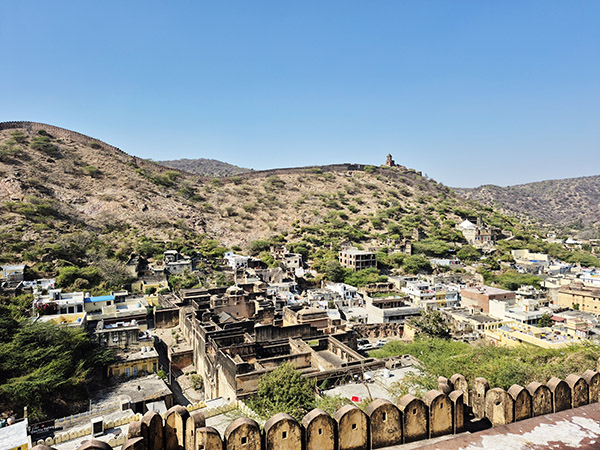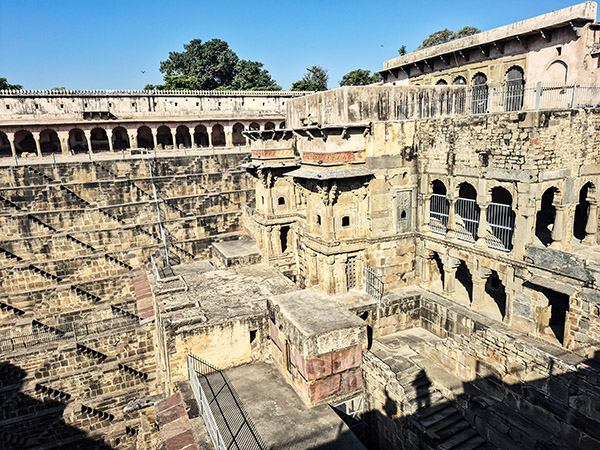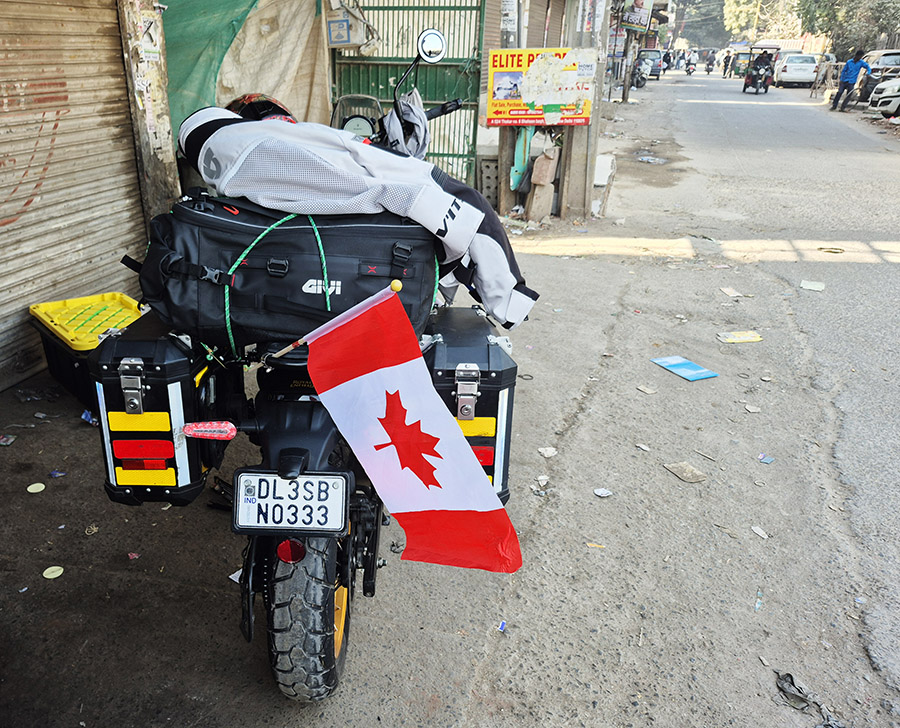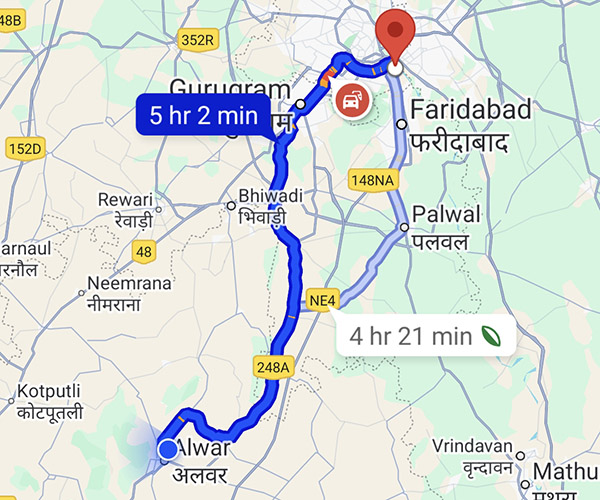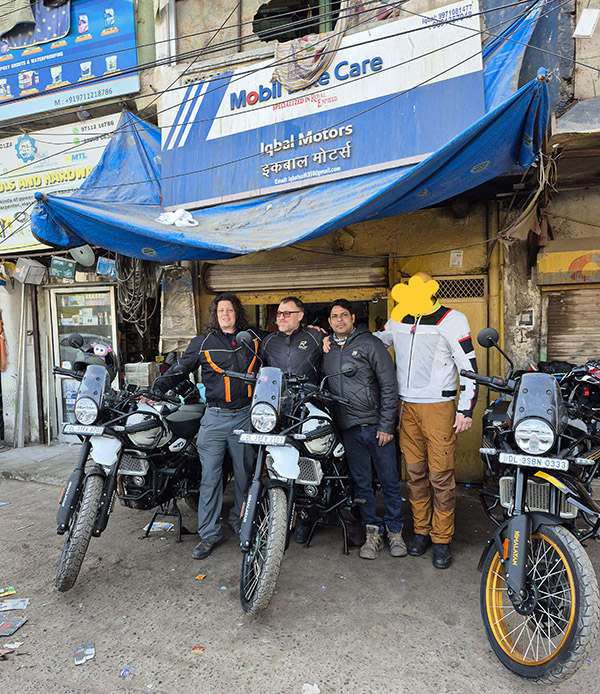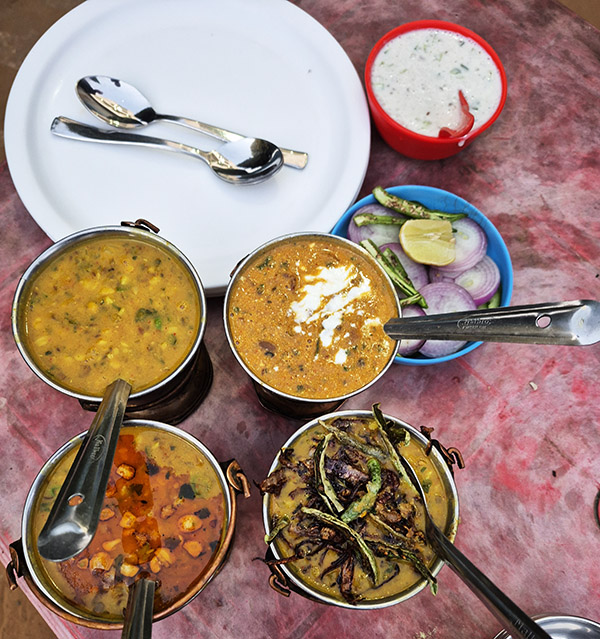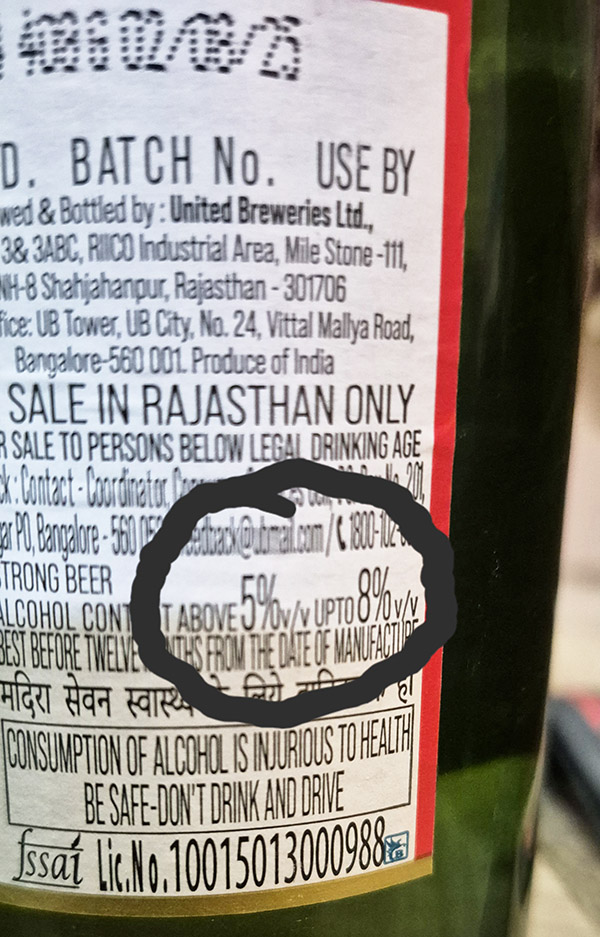By Mike Huber
Day 1
The phone in my hotel began ringing, I fumbled for the receiver as I looked at my cell phone stating the time was 00:02. I had slept pretty hard and woke up thinking I was in Marrakesh, Morocco. I had one hour remaining before my Sherpa was due to arrive at my hotel. As I became a bit more aware it hit me that none of what just went through my head made any sense. Suddenly a pounding on my hotel door began echoing through my head. Ok, it was my Sherpa, but I was in Katmandu and not Morocco. Dammit, it happened again: I lost track of where I was. To add to the matter, the Sherpa was an hour early or I was an hour late. Either way there was a gap in communication somewhere and it was time to get going.
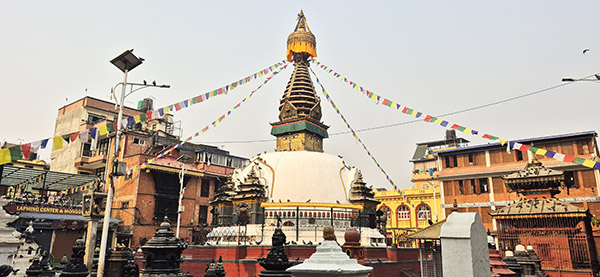
Having just spent two days exploring and meandering through the vast number of temples in Kathmandu, the time had come for me to load up my gear and begin a 12-day trek to Everest Base Camp. Once having my wits about me and double checking all my sensitive items were in tow, my Sherpa and I began our walk to a local bus stop where we would catch a shuttle to Ramechhap Airport. My flight was set to depart at 0700 that morning.
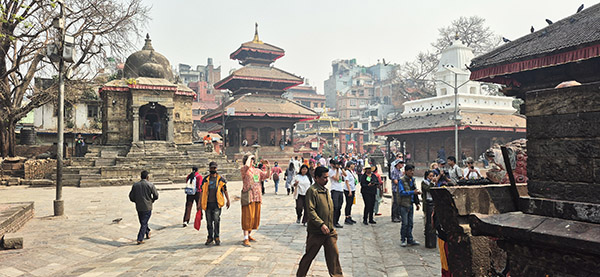
The 5-hour shuttle ride to Ramechhap was anything but smooth. Most of the roads through this portion of Nepal were under construction so there was no sleep to be had by anyone along the ride. Eventually the rough van ride came to an end. I had arrived at Ramechhap Airport with enough time to grab myself a coffee and my Sherpa a hot tea prior to checking in for what was to be a quick flight to Lukla Airport.
Lukla is the world’s most dangerous airport. It sits at around 9,000 feet in altitude and the runway is literally a giant ramp. This airport even on good days faces some heavy dangers for aircraft due to winds and very low visibility. It is also the start for the Everest Base Camp (or summit) treks and during the high season is very bustling for such a small hub with only that one ramp of a runway.
As I checked my backpack and went through the airport security at Ramechhap I learned my flight would be delayed due to low visibility. I wasn’t thrilled but I also have the luxury of time, so there was little to do outside chat up several other travelers who were also doing the trek. As far as airport delays, this one was actually pleasant due to all these really wonderful people I was surrounded by.
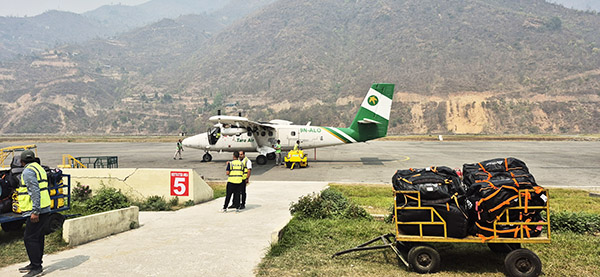
As the day went on (as did the full ground stop) my Sherpa and I began to lose hope of making it to Lukla. This was a bit frustrating but out of our control, so we booked a hotel and would try again the following morning to get to Lukla. There was really nothing to do but go with the flow and enjoy some of the local food and people that were here.
Day 2
The routine was similar and again there was yet another full ground stop for fixed-wing aircraft. This time it was fog at Lukla. It was only a 20-minute flight to get there.
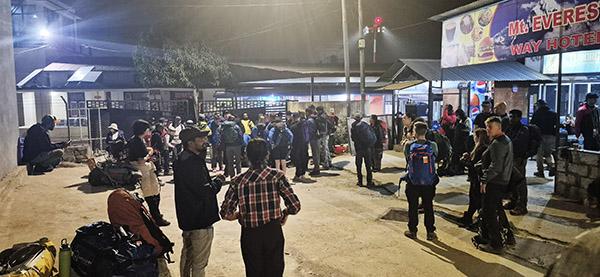
With many of the same people from the previous day there we all began talking and telling stories to pass the time. Some of these people chose to pay $400USD to take a helicopter into Lukla as the conditions were safe enough for them. Many of the others didn’t have that luxury of time that I did, as most were on vacation. As 1400 rolled around we knew we would not be making it to Lukla this day and yet again a hotel was the plan. We would try again tomorrow.
Day 3
This was starting to get a bit silly. The airport café guy knew my order by this point. I was one of the first people at the airport that morning and I helped with opening the gates and letting vehicles onto the airfield (I probably wasn’t’ supposed to do that). I was feeling like Tom Hanks in the movie The Terminal, but the weather looked sunny and the first couple flights had taken off. Cheers erupted through the airport and it was now our turn to board our flight. Everyone was loaded into the small prop plane and just as soon as the engines fired up they were cut. We were told to deplane and that winds kicked up again. It was our third day being scratched and although I was in no rush this scene was getting old.
Rarely do I use tourism companies but this was one time I was happy I did with all the cancellations. Kiran, the tour operator from Holiday Treks & Expeditions, took care of everything from the rebooking, to the hotels, to (sadly) my painful van ride back to Kathmandu. This made my life much less stressful and quite easy, but it didn’t look like Everest Base Camp was in the cards for me. It was a somber ride back to the city, but sharing a couple beers and jokes with my Sherpa helped keep morale up. My main objective in Nepal was to see Mt Everest and to experience the base camp trek, so I wasn’t sure what would be my next move.
Join our Facebook ExNotes page!
Never miss an ExNotes blog:

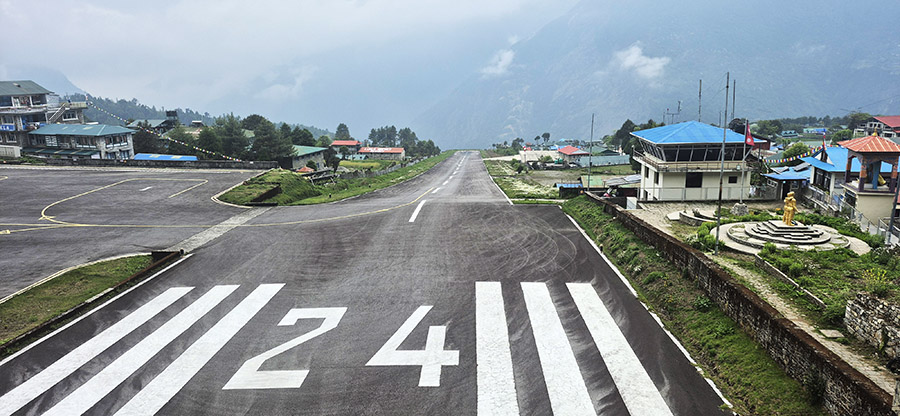

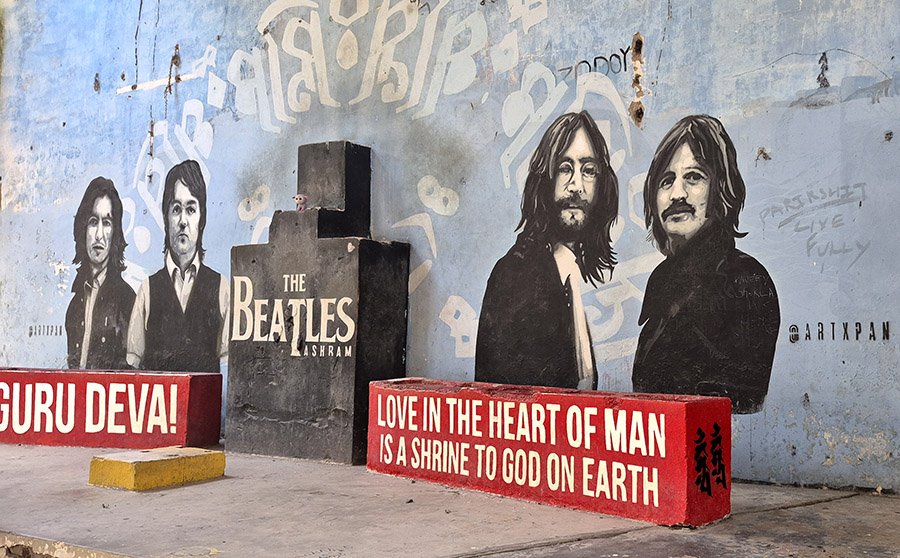
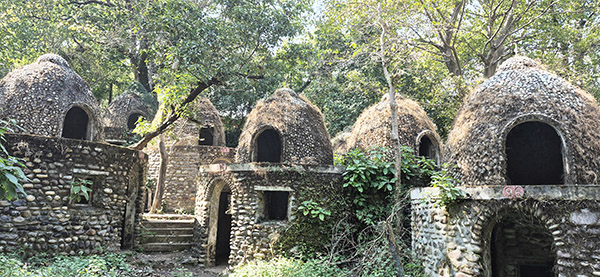 The roads, although having great twisties, were extremely narrow. So narrow, in fact, that on more than one occasion oncoming busses would find themselves in stalemates as to who would back down and reverse to allow the other to pass. When this happened, we usually could squeeze through while they were conferring on who would back up. There also were the usual obstructions: Monkeys, cows, goats, and an occasional camel. This made for very slow going and by the end of this portion of the trip we were starting to miss the major roads we had previously ridden.
The roads, although having great twisties, were extremely narrow. So narrow, in fact, that on more than one occasion oncoming busses would find themselves in stalemates as to who would back down and reverse to allow the other to pass. When this happened, we usually could squeeze through while they were conferring on who would back up. There also were the usual obstructions: Monkeys, cows, goats, and an occasional camel. This made for very slow going and by the end of this portion of the trip we were starting to miss the major roads we had previously ridden.
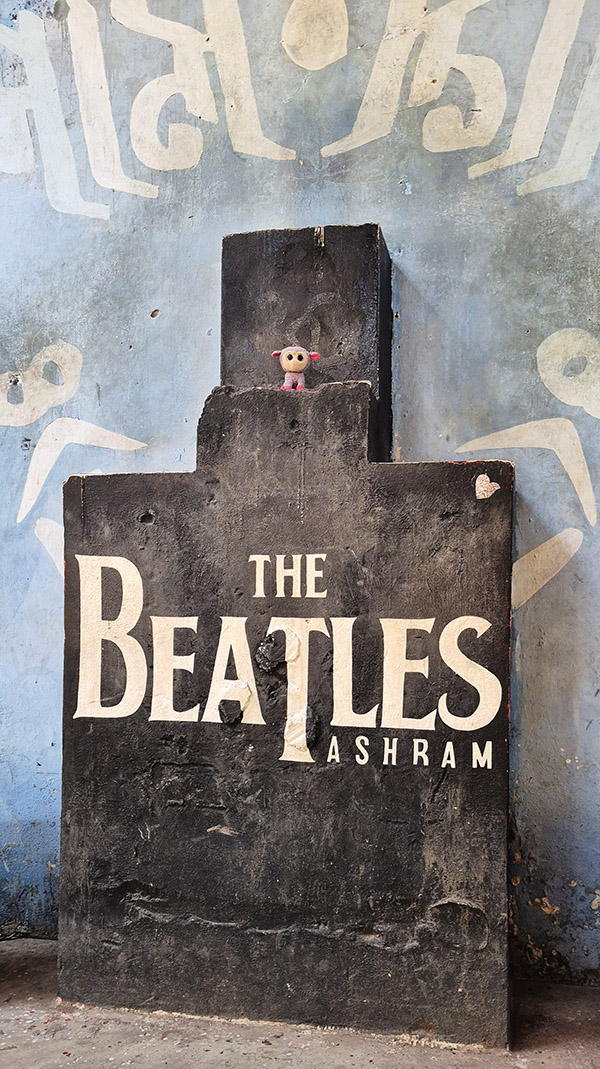
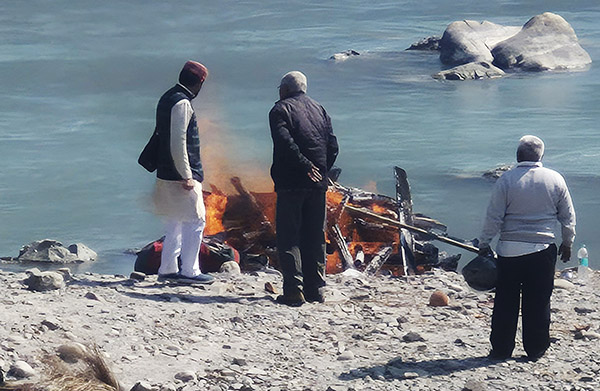
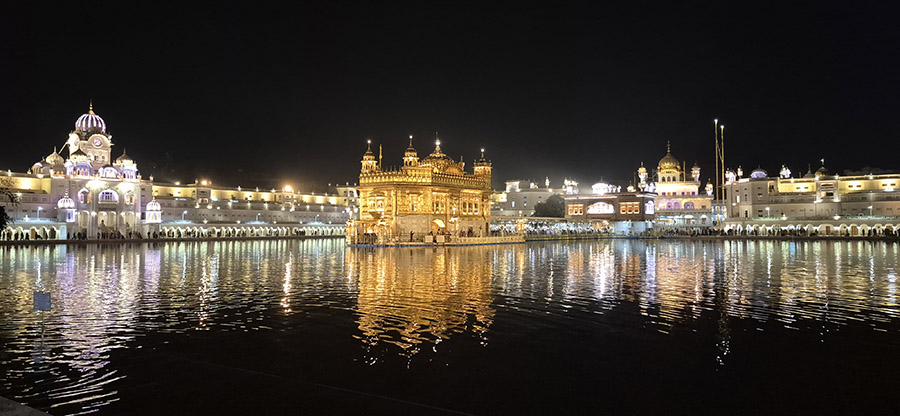
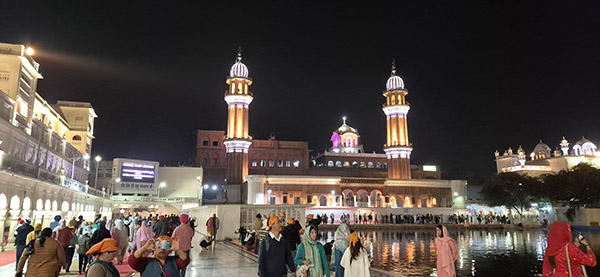
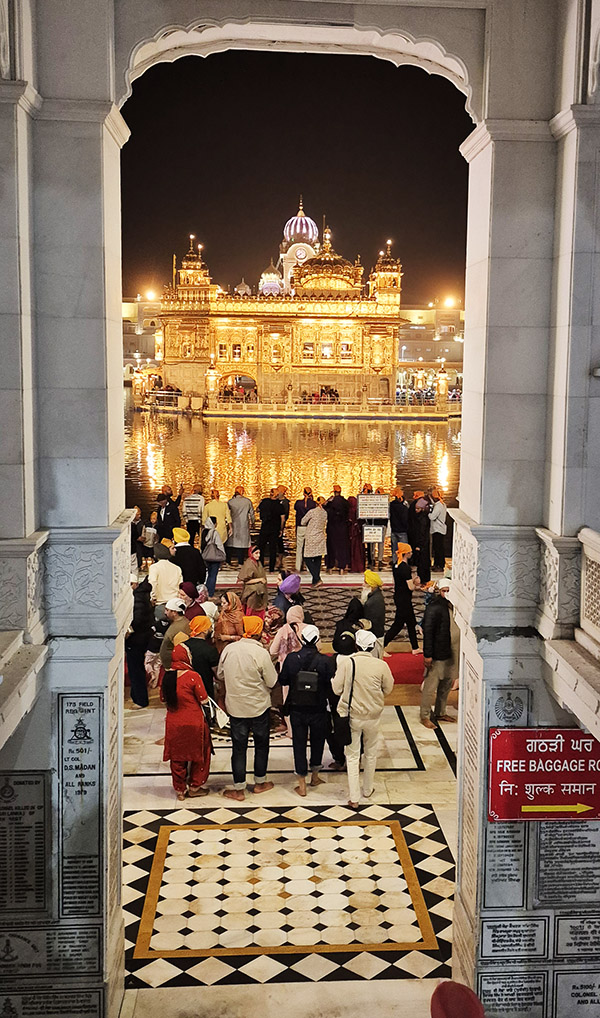

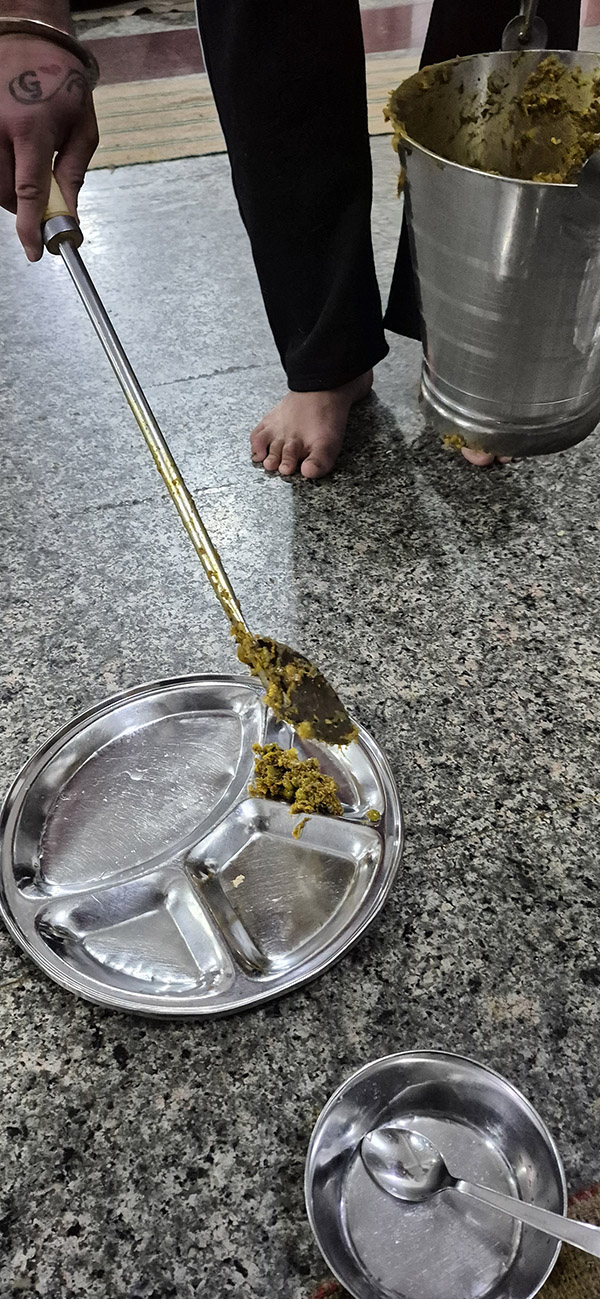
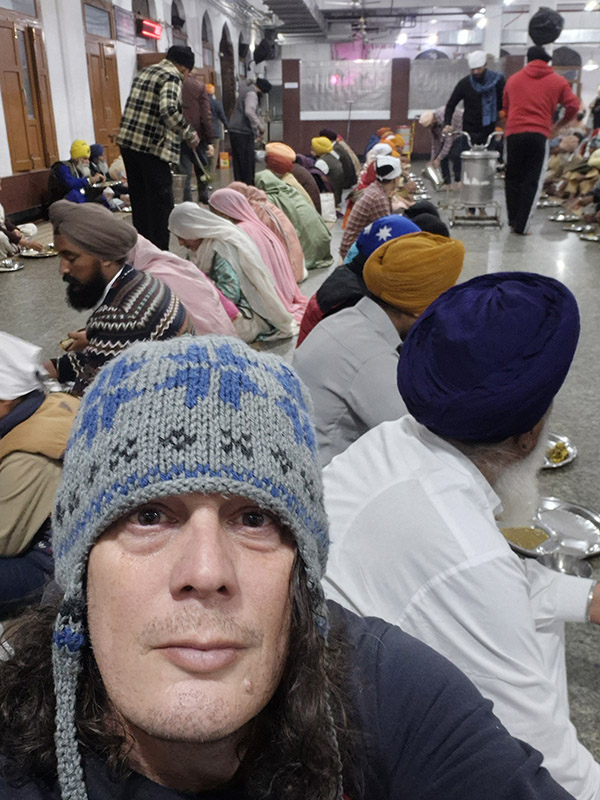
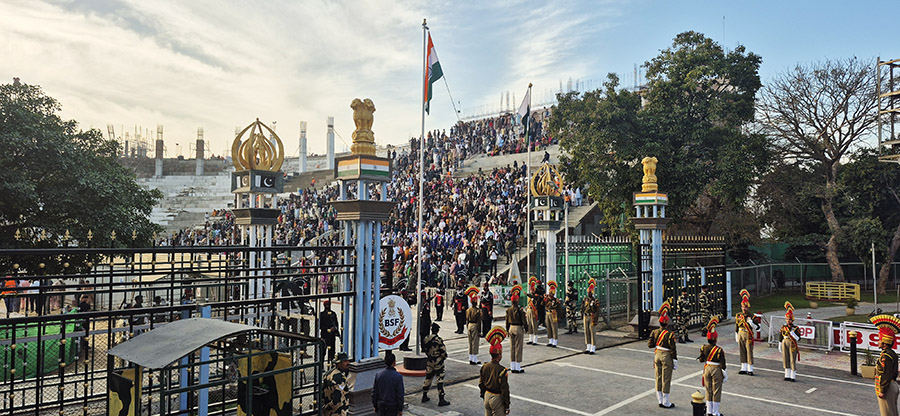
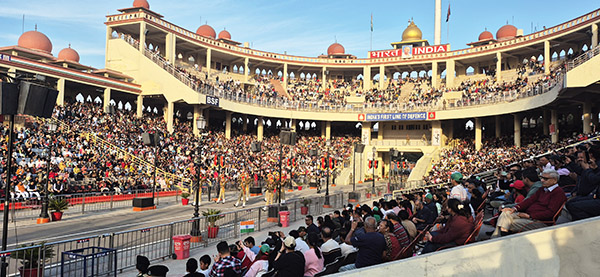
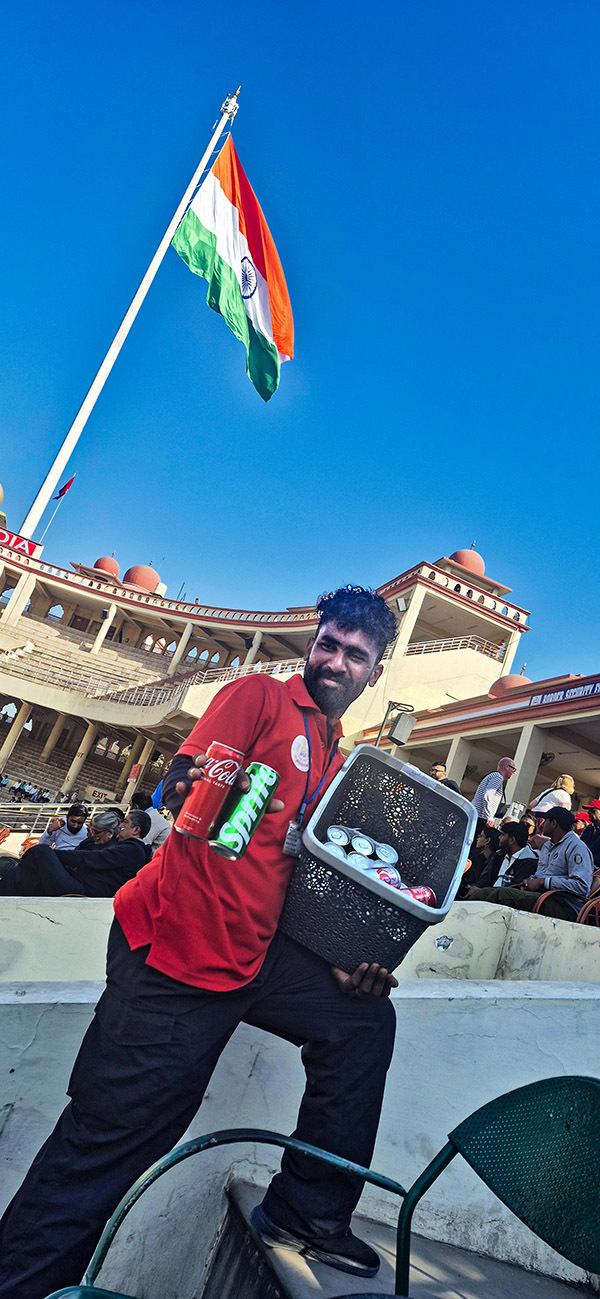
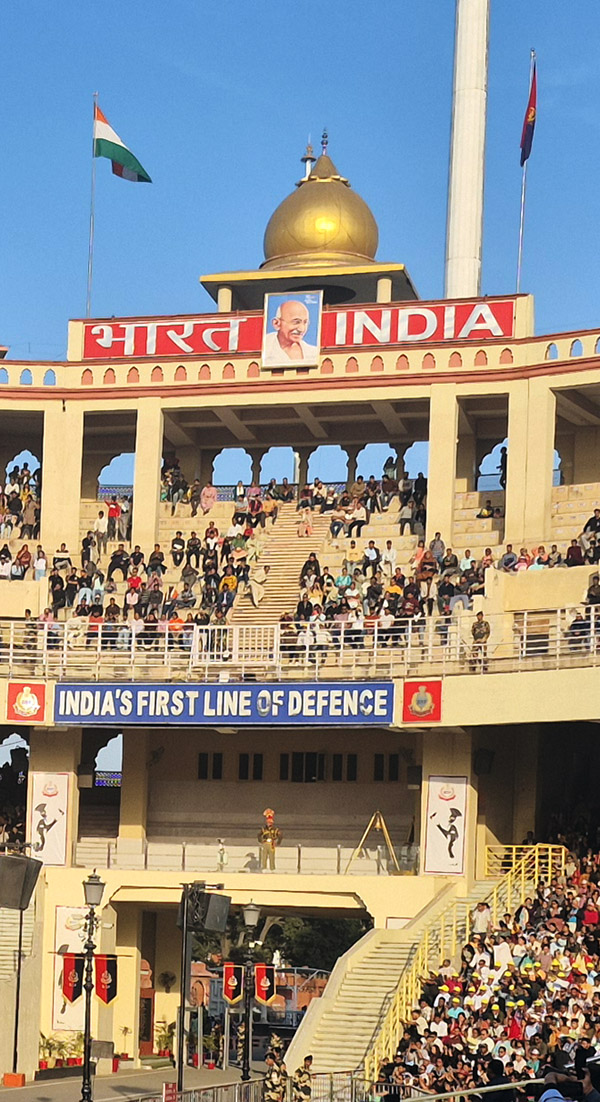
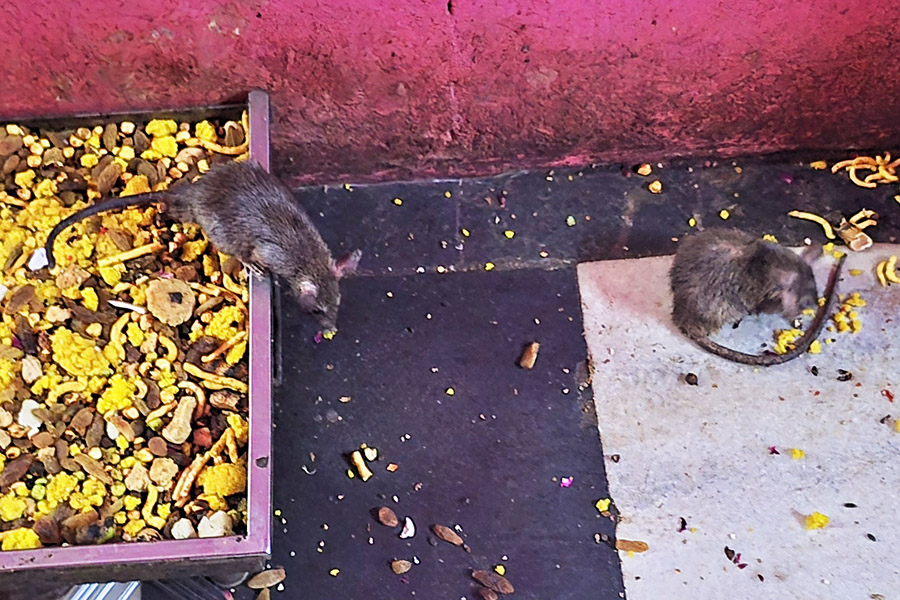
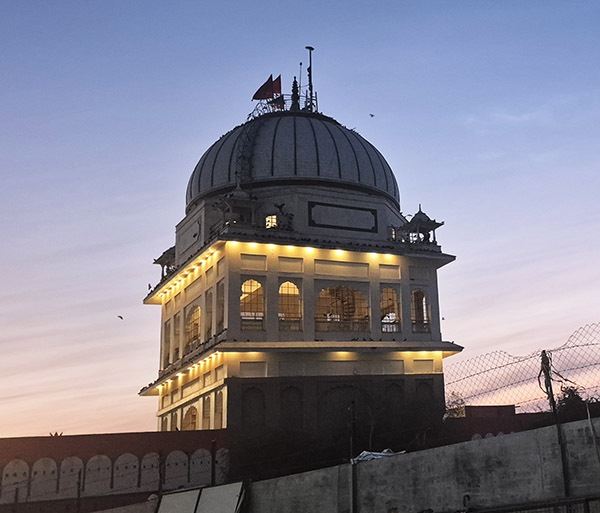 Well, it turns out this temple is everything I imagined it would be, but actually experiencing it was something for which none of us were prepared. Karni Mata is a Hindu Temple that believes rats are the reincarnated souls of a local story teller family that died during a famine. The rats are everywhere. There are just thousands all over and they are fed quite well. There are even several troughs for them to eat out from, and donations of grains and milk are frequently left to appease these local deities.
Well, it turns out this temple is everything I imagined it would be, but actually experiencing it was something for which none of us were prepared. Karni Mata is a Hindu Temple that believes rats are the reincarnated souls of a local story teller family that died during a famine. The rats are everywhere. There are just thousands all over and they are fed quite well. There are even several troughs for them to eat out from, and donations of grains and milk are frequently left to appease these local deities.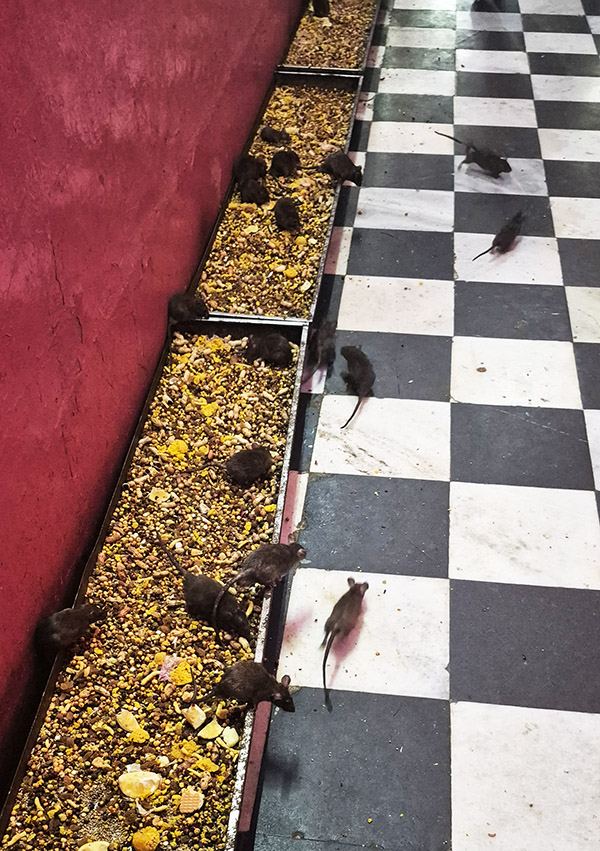
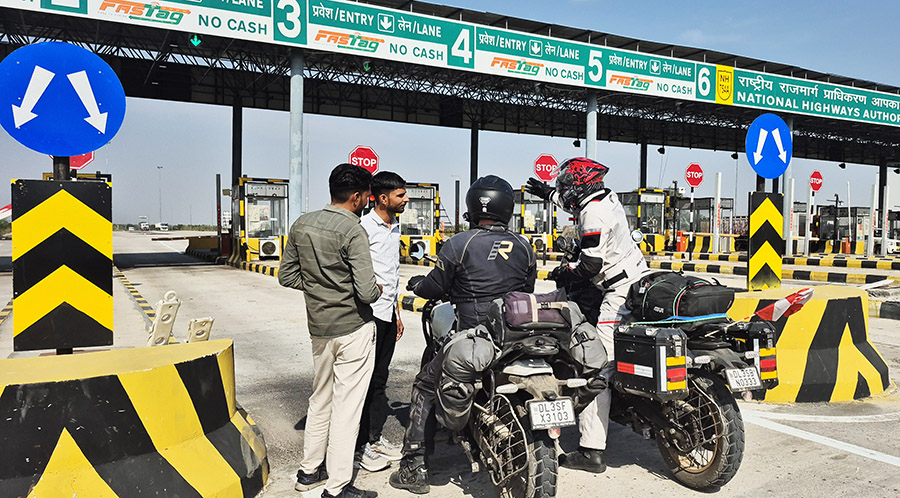
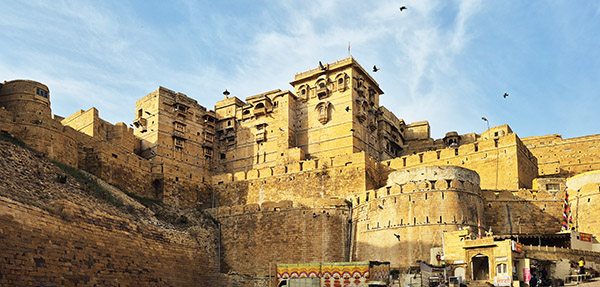
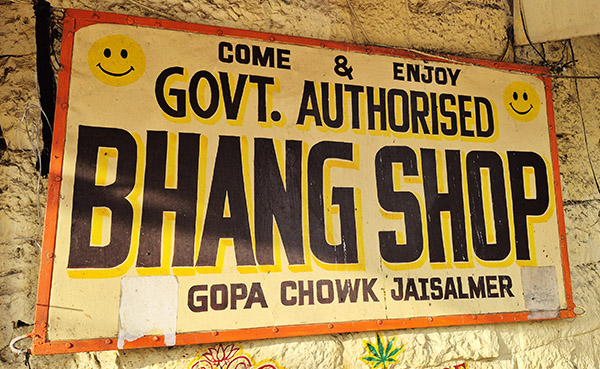 As we continued north we encountered a nasty patch of construction. The construction dragged on for over an hour. There was nothing but breathing in dust, and loose gravel challenging our ability to remain upright. Upon nearing the end we stopped for a quick bottle of water, and we were relieved to see the highway ramp that would take us about 50 kilometers to our destination to wrap up the day. The entertainment at this stop was a guy who was beyond hammered. He could barely stand, much less form any sort of sentence (in English or Hindi). We did our best to ignore him prior to saddling up and making our way toward the highway.
As we continued north we encountered a nasty patch of construction. The construction dragged on for over an hour. There was nothing but breathing in dust, and loose gravel challenging our ability to remain upright. Upon nearing the end we stopped for a quick bottle of water, and we were relieved to see the highway ramp that would take us about 50 kilometers to our destination to wrap up the day. The entertainment at this stop was a guy who was beyond hammered. He could barely stand, much less form any sort of sentence (in English or Hindi). We did our best to ignore him prior to saddling up and making our way toward the highway.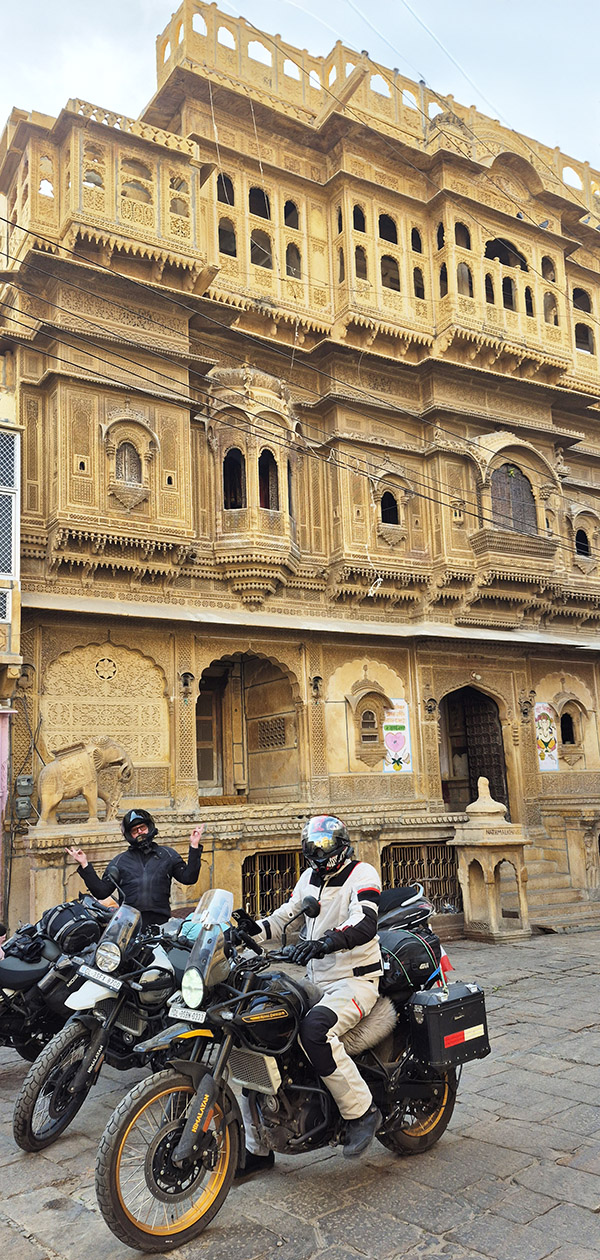
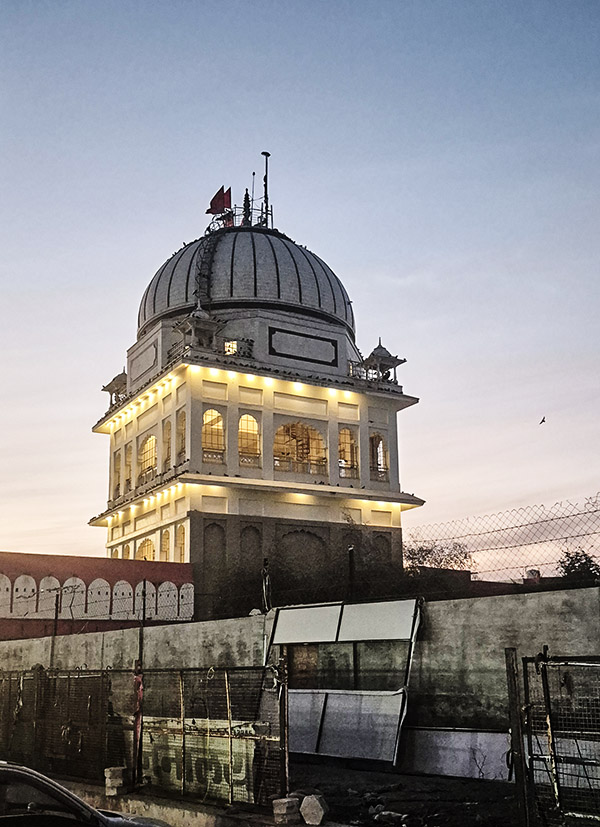
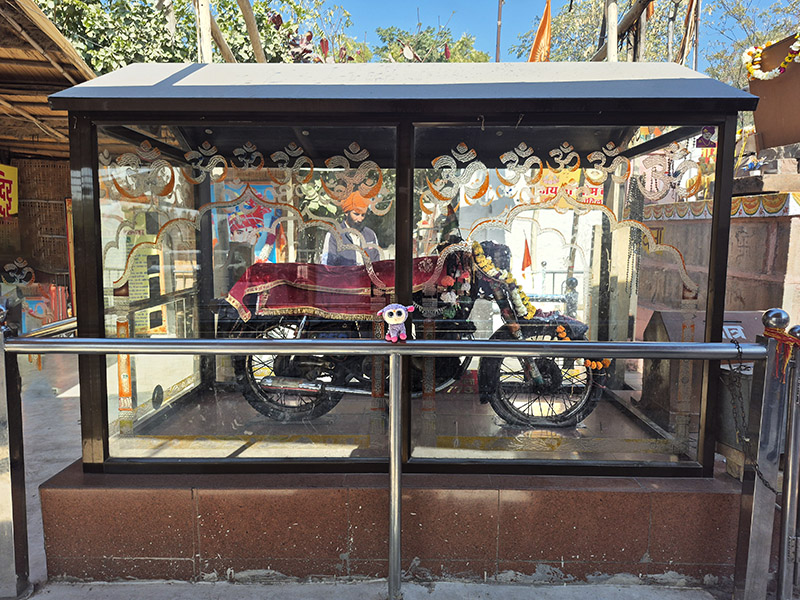
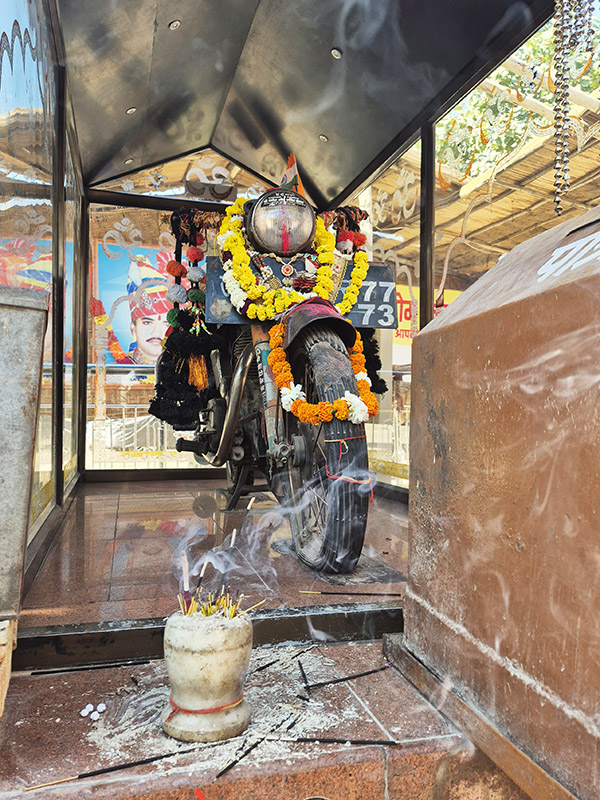
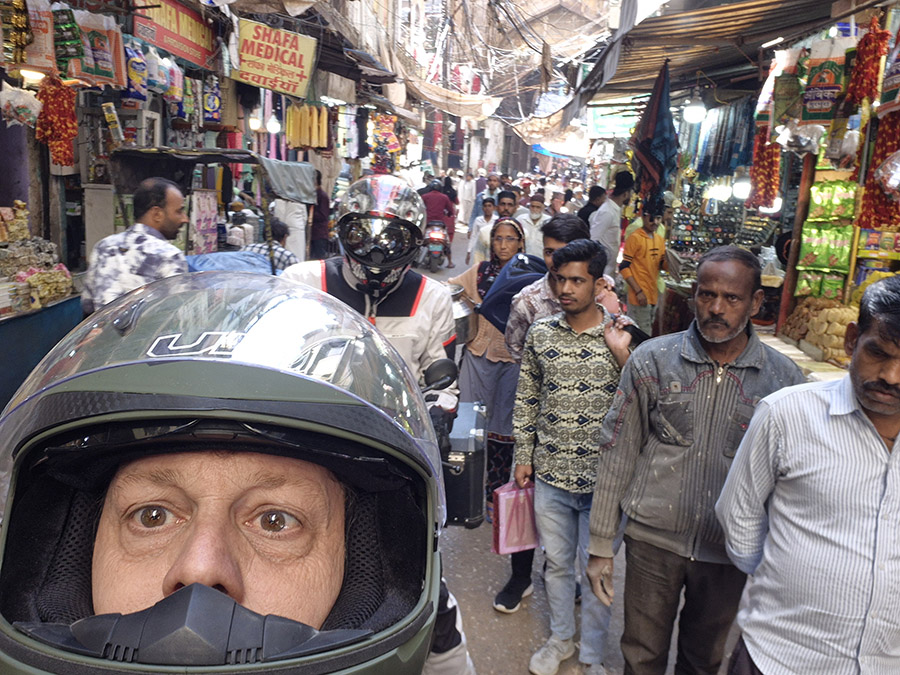
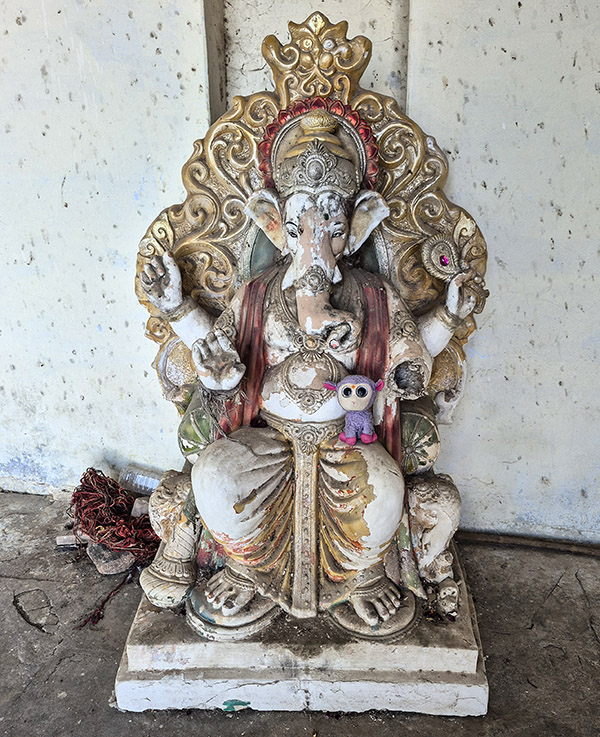
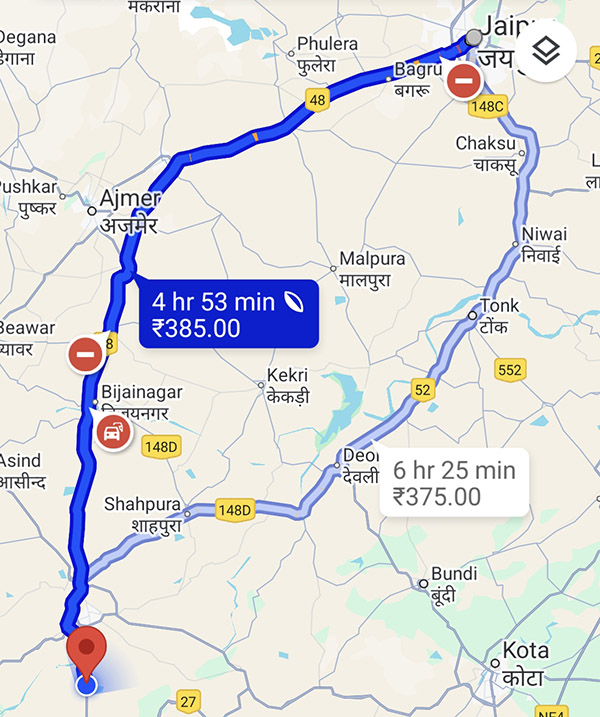
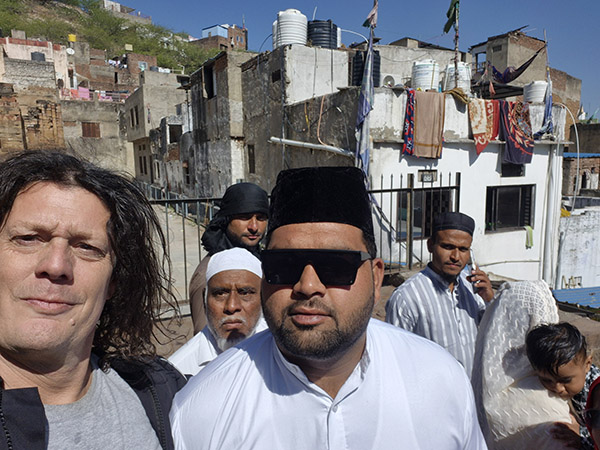
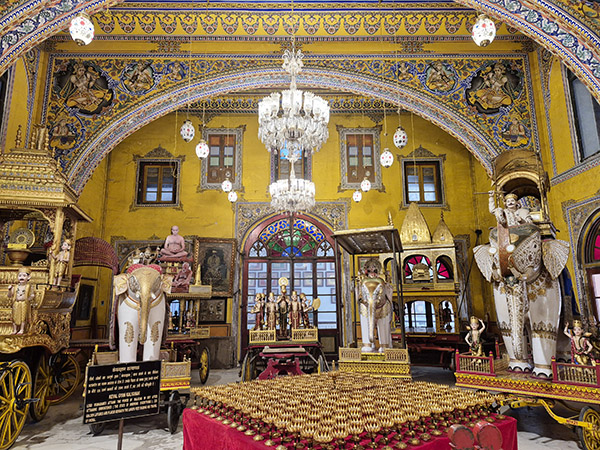


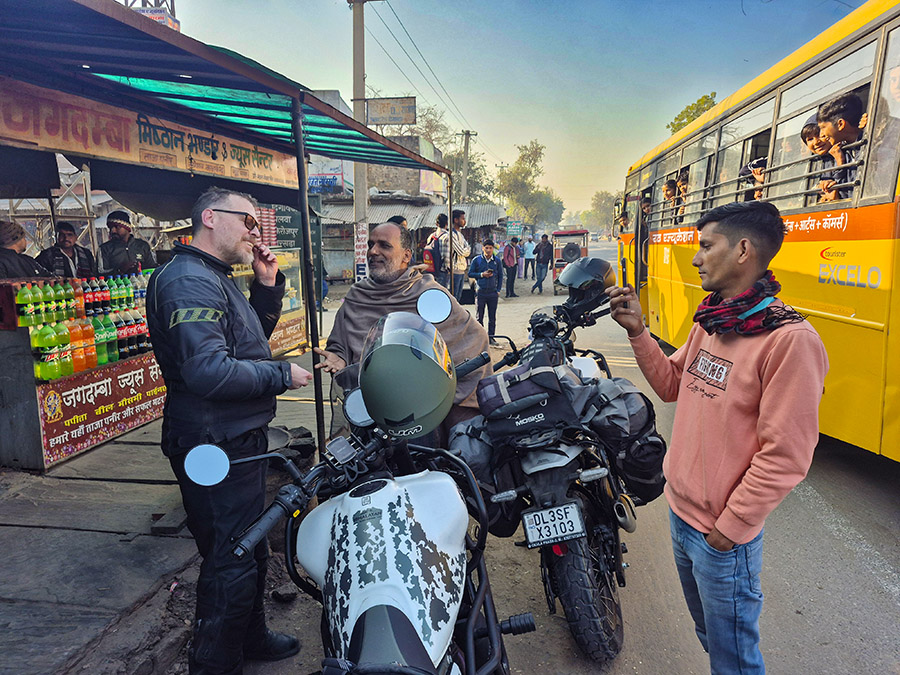
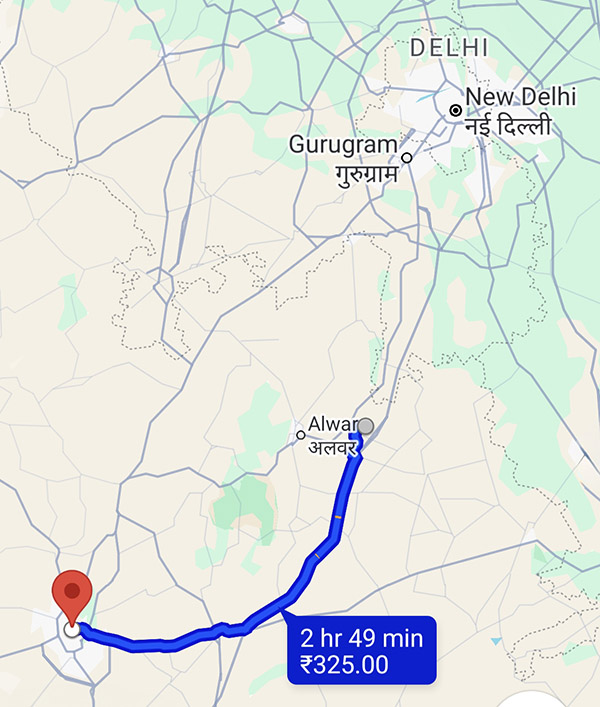
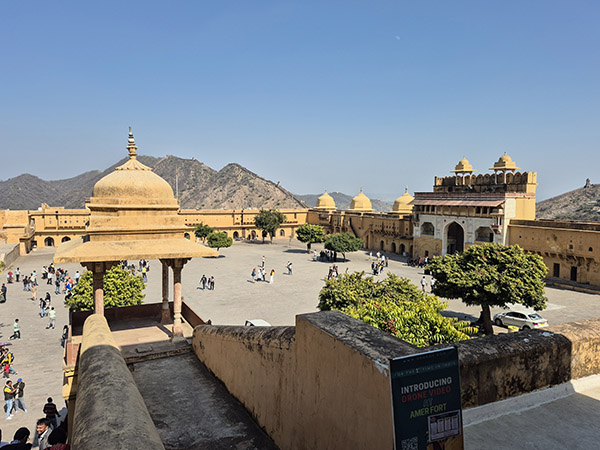 After an hour or so we decided to take a break in a small village and get a few bananas and some water. It only took a couple minutes before most the village came out to meet us all. Even a school bus stopped and let the kids off to check out the bikes and talk with us. It reminded me of my first experience in India 20 years prior. This would become a familiar sight for us with crowds coming up to us to chat and take selfies. They all were the friendliest people. We enjoyed these stops and opportunities to engage with the locals in these little villages that were so far off the maps.
After an hour or so we decided to take a break in a small village and get a few bananas and some water. It only took a couple minutes before most the village came out to meet us all. Even a school bus stopped and let the kids off to check out the bikes and talk with us. It reminded me of my first experience in India 20 years prior. This would become a familiar sight for us with crowds coming up to us to chat and take selfies. They all were the friendliest people. We enjoyed these stops and opportunities to engage with the locals in these little villages that were so far off the maps.